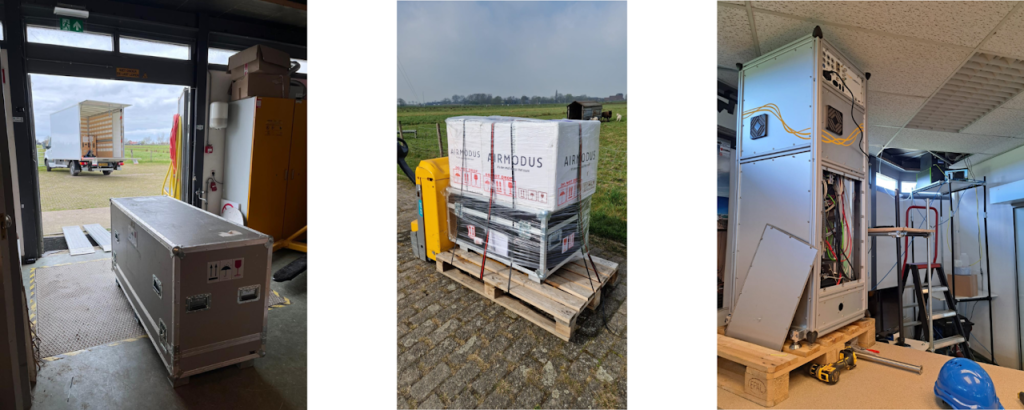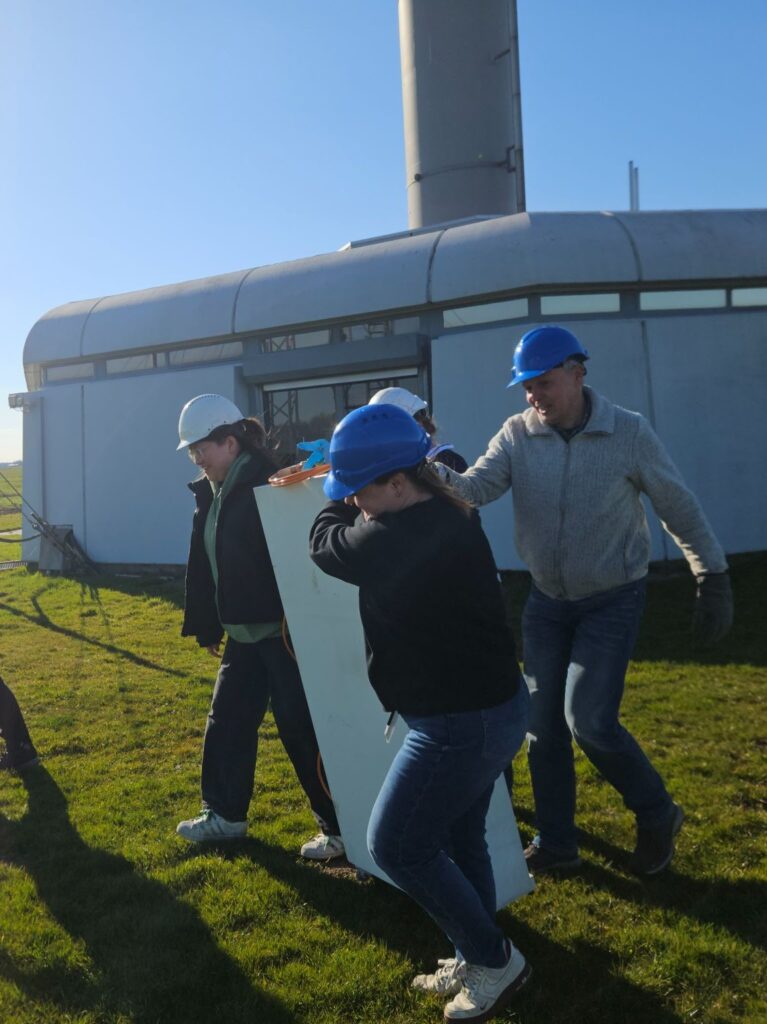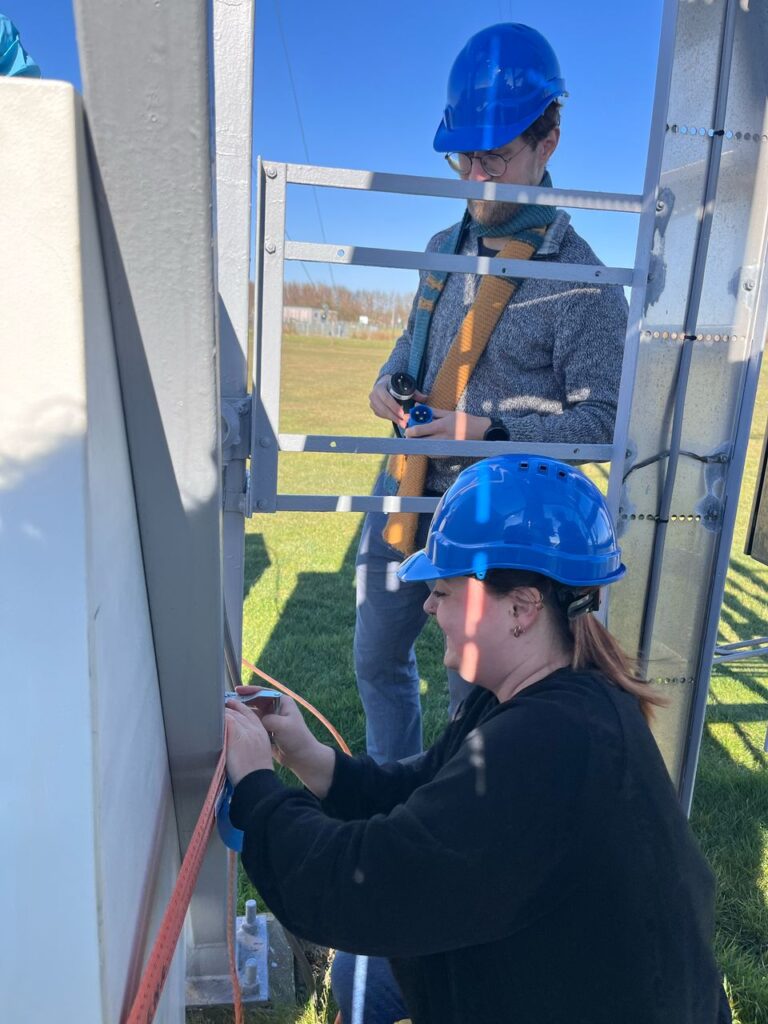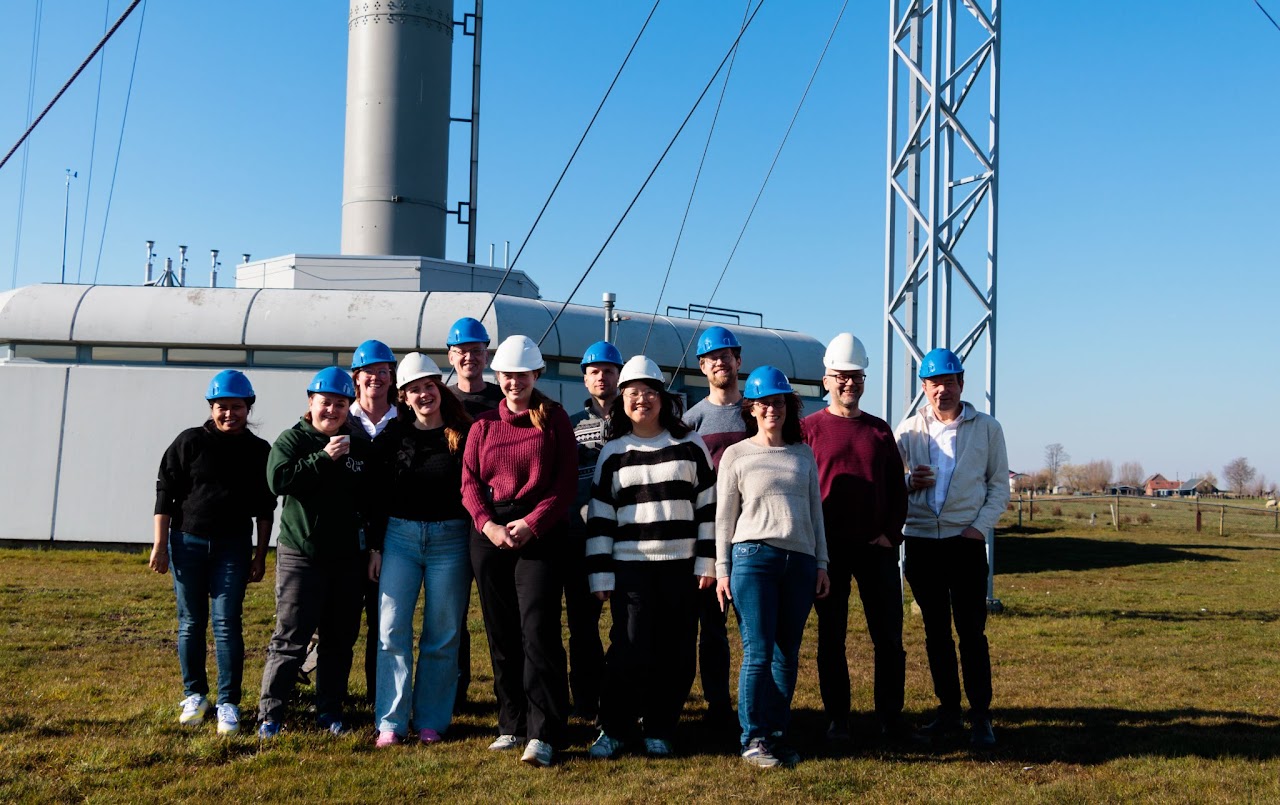Over the past weeks, a major international measurement campaign has been unfolding across two key atmospheric research sites in the Netherlands: Cabauw and Lutjewad. The initiative, known as CAINA (Cloud-Aerosol Interactions in a Nitrogen-dominated Atmosphere), brings together nine European research institutes to study a central question: how do nitrogen emissions affect the formation, behaviour, and evolution of clouds?

The campaign runs throughout the spring of 2025 and is coordinated by Ulrike Dusek from the University of Groningen. It involves a combination of in-situ measurements, airborne sensors, remote sensing instruments, and laboratory experiments — all designed to capture the fine-scale processes that govern cloud dynamics in a nitrogen-rich environment.
At Cabauw and Lutjewad, researchers from institutions including TU Delft, Leibniz Institute for Tropospheric Research (TROPOS), Wageningen University, Utrecht University, and others are measuring aerosol concentrations, turbulence, cloud microphysics and chemical composition. These parameters are essential to understanding whether clouds form, how long they persist, and how they interact with pollutants in the lower atmosphere.


This work builds on the measurement capacity of the Dutch research landscape, including support from the Ruisdael Observatory, which provides access to long-term data, monitoring infrastructure and site coordination. That continuity is crucial — both to interpret short-term campaigns and to connect local observations to broader climate questions.
CAINA reflects what atmospheric research increasingly requires: shared infrastructure, international collaboration, and a willingness to measure where others only model.
The weeks ahead will bring a wealth of data — but also moments of coordination, learning and connection across teams. Through its role in enabling access, integration and visibility, the Ruisdael Observatory helps anchor this work within a broader vision: one where measurement is not incidental, but fundamental.
More information
To follow the CAINA campaign and learn more about the partner institutes and measurement platforms involved, visit: CAINA Project – News.




